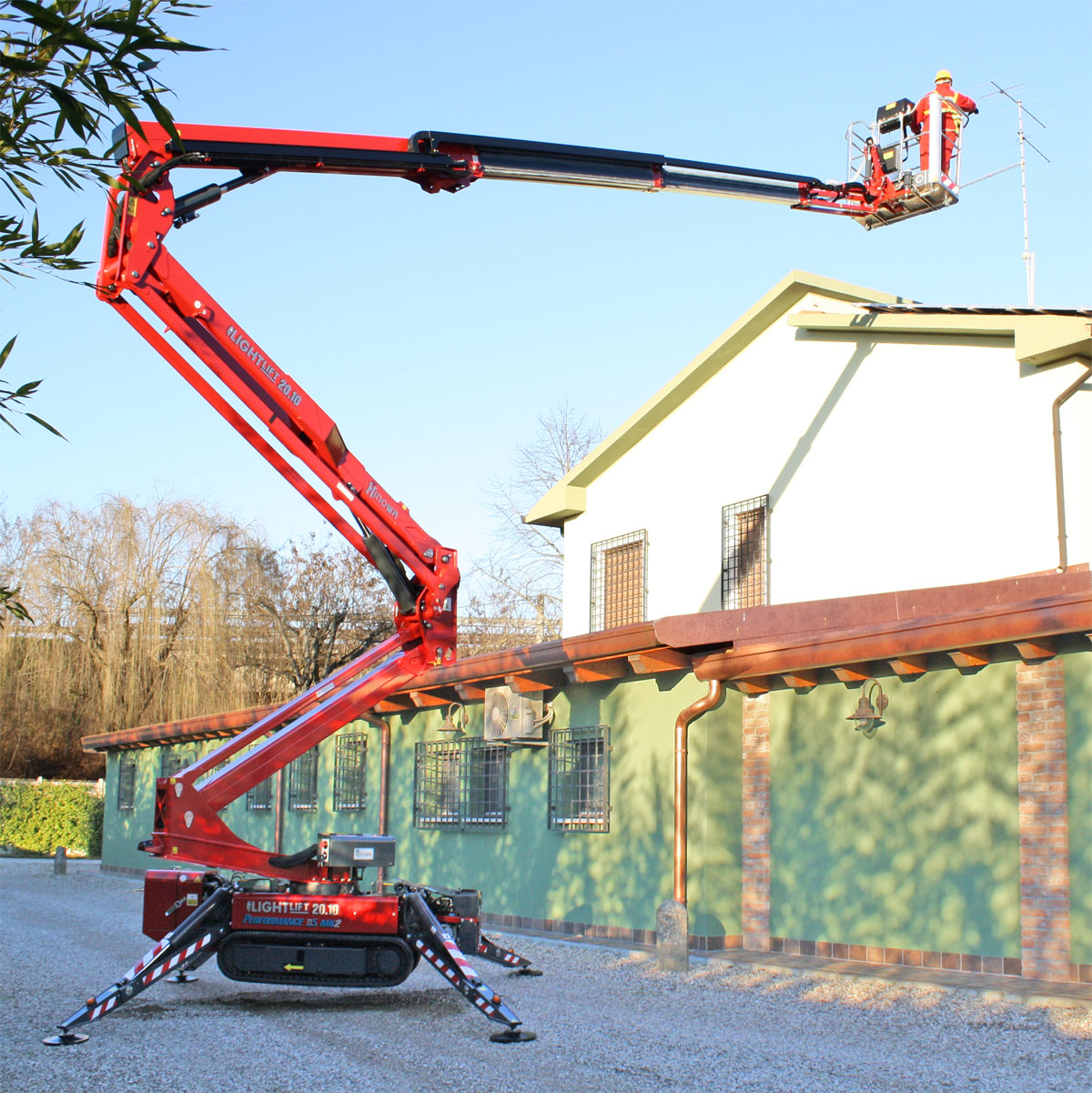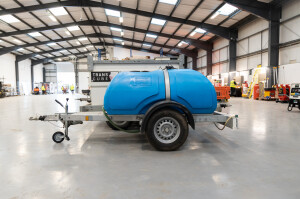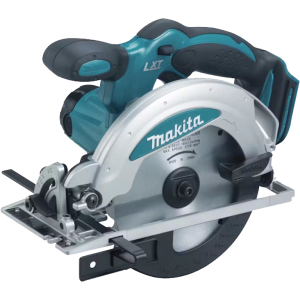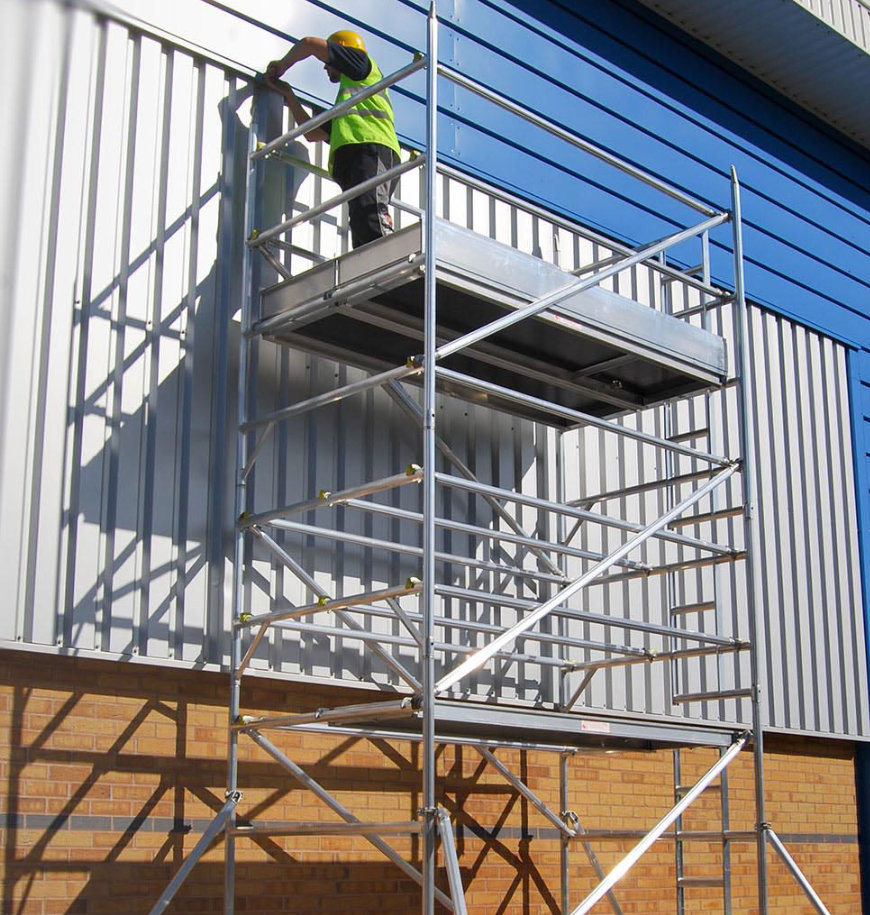
Creating a controlled, efficient, and safe environment is extremely important within the construction sector. An often underestimated tool that significantly contributes to achieving these objectives is the dehumidifier.
Dehumidifiers play a pivotal role in moisture regulation, therefore leading to the enhancement of worker well-being, site safety, and overall project effectiveness.
This comprehensive guide will delve into various aspects of dehumidifiers: their types, features, advantages, applications within the construction sphere, on-site safety precautions, and a step-by-step manual on effectively operating a dehumidifier.
How to use a dehumidifier
Using a dehumidifier is relatively straightforward and yields substantial benefits in maintaining optimal indoor humidity levels, particularly in humid climates or during wet seasons. Here's an adept guide on how to effectively employ a dehumidifier:
1. Opt for the Appropriate Dehumidifier Type
- Numerous dehumidifier variants exist, including refrigerative, desiccant, and whole-house systems. Select the one that aligns with your requirements and preferences.
2. Position the Dehumidifier
- Place the dehumidifier on a level, secure surface with ample clearance from walls and objects. This ensures adequate air circulation, thwarting moisture accumulation on surfaces.
3. Install the Water Collection Container
- Refer to the dehumidifiers' user manual to discern the procedure for installing and removing the water collection container.
- Empty it when full to sustain efficient dehumidification.
4. Set the Desired Humidity Level
- Many dehumidifiers feature adjustable humidity settings. Generally, an indoor humidity range of 30% to 50% is recommended.
- Configure the dehumidifier to attain and sustain this range.
- Certain models include built-in hygrometers for real-time humidity monitoring.
5. Activate the Dehumidifier
- Switch on the dehumidifier, allowing it to operate.
- The device will extract excess moisture from the environment, reducing humidity levels.
- Some dehumidifiers offer options for directing the airflow, enhancing customization.
6. Monitor Humidity Levels
- Periodically use a separate hygrometer or the integrated one, if available, to gauge humidity levels.
- Make adjustments to the dehumidifiers' settings as necessary to uphold the desired humidity range.
7. Ensure Regular Cleaning and Maintenance
- Consistent upkeep is critical to sustain optimal dehumidifier performance and avert mould or bacterial growth.
- Adhere to the manufacturer's guidelines for cleaning and maintenance.
- Typically, this involves emptying and cleaning the water collection container daily, supplemented by a thorough cleaning using recommended solutions or vinegar on a weekly basis.
8. Proper Storage During Inactivity
- When the dehumidifier is not in use, empty the water container and allow all components to thoroughly dry prior to storage. This thwarts the growth of mould and bacteria.
9. Address Any Anomalies
- In case of peculiar odours, discoloration, or decreased efficiency, these could indicate the need for cleaning or maintenance.
- Consult the user manual or contact the manufacturer for troubleshooting tips.
Remember, excessive dehumidification can lead to issues such as overly dry air and potential discomfort. A profound comprehension of correct dehumidifier use is vital to achieve a harmonious equilibrium and uphold the recommended humidity range, fostering comfort and well-being.
 View our pumped dehumidifier for hire.
View our pumped dehumidifier for hire.
How long do you leave a dehumidifier on?
In the construction industry, the duration for which you leave a dehumidifier depends on various factors, including the specific project requirements, the moisture levels present, and the size of the space being treated. Here are some tailored guidelines to help you determine how long to run a dehumidifier in construction environments:
Initial Phase and Moisture Levels
- During the initial phase of construction or after water-related incidents like leaks or floods, it's recommended to run the dehumidifier continuously for around 24 to 48 hours.
- This helps in rapidly reducing excess moisture and preventing potential mould growth.
- Monitor the humidity levels using the dehumidifiers' built-in hygrometer or a separate one, and adjust the settings accordingly.
Drying Out Concrete or New Materials
- When dealing with new construction materials like concrete, plaster, or paint, it's common for them to release moisture into the air.
- Run the dehumidifier continuously or intermittently for at least a week or until the moisture levels stabilise. This ensures that the materials properly cure and dry, minimising the risk of cracks or other issues.
Maintaining Consistent Humidity
- Once the initial moisture issues are addressed, you can switch to a maintenance mode.
- Running the dehumidifier is needed to maintain a consistent indoor humidity level within the recommended range of 30% to 50%. This might involve running it for several hours each day or as conditions dictate.
Monitoring and Adjusting
- Regularly monitor the humidity levels in the construction space using a hygrometer.
- If you notice humidity levels rising beyond the desired range, it's an indication that the dehumidifier should be turned on again until the optimal range is achieved.
Project Completion
- As the construction project nears completion and the environment stabilises, you can gradually reduce the usage of the dehumidifier. However, keep it running intermittently, especially during periods of high humidity or when there are sudden changes in weather.
Ongoing Maintenance
- In humid climates or during rainy seasons, it's advisable to have a dehumidifier on standby for maintenance purposes.
- Whenever humidity levels rise due to external factors, you can run the dehumidifier for a few hours each day to prevent moisture-related issues.
Remember, the goal is to maintain a balance between optimal humidity levels for construction materials and worker comfort. Continuously monitor the humidity levels and adjust the dehumidifier's operation based on the specific conditions of the construction site. If unsure, consulting with professionals experienced in construction and moisture control can provide valuable insights tailored to your project's needs.
Where should you place a dehumidifier?
In the construction industry, placing a dehumidifier in the right location is crucial for efficient moisture control. Here's a tailored guide to help you determine the optimal placement of a dehumidifier in construction environments:
1. Centralised Positioning
- Place the dehumidifier at a central location within the construction space. This allows for more even air circulation and efficient moisture extraction throughout the entire area.
2. Near Moisture Sources
- Position the dehumidifier close to sources of moisture, such as areas with water leaks, wet construction materials, or freshly applied paint. This ensures that the dehumidifier targets the areas where moisture is most concentrated.
3. Adequate Clearance
- Ensure that the dehumidifier has sufficient clearance around it, typically a few feet, to allow for proper airflow. Avoid placing it too close to walls, furniture, or other objects that could obstruct air circulation.
4. Elevated Placement
- Whenever possible, place the dehumidifier on an elevated surface, such as a sturdy table or platform. This elevation can help enhance air circulation and prevent the dehumidifier from drawing in dust and debris from the floor.
5. Away from Obstructions
- Avoid placing the dehumidifier behind large objects or in corners where air circulation might be restricted. This can hinder the unit's efficiency in extracting moisture effectively.
6. Strategic Coverage
- For larger construction areas, consider using multiple dehumidifiers strategically placed to ensure comprehensive coverage. This is particularly important in spaces with complex layouts or areas that experience varying moisture levels.
7. Accessibility for Maintenance
- Position the dehumidifier in a location that is easily accessible for maintenance tasks, such as emptying the water collection container and cleaning the unit. This accessibility ensures that maintenance routines are consistently carried out.
8. Consider HVAC System
- If your construction site has a central HVAC system, positioning the dehumidifier near the return air vent can help the dehumidified air circulate more effectively throughout the entire space.
9. Avoid Outdoor Air
- Keep the dehumidifier away from open doors and windows to prevent it from drawing in humid outdoor air. This could counteract its dehumidification efforts.
10. Observe the Hygrometer
- If your dehumidifier has a built-in hygrometer, position it in an area where it can accurately measure the room's humidity levels. This helps you monitor the progress and effectiveness of the dehumidifier.
11. Adjust as Needed
- Depending on the construction phase and changing conditions, you might need to adjust the dehumidifiers' placement. Monitor humidity levels and redistribute the unit if necessary.
By following these guidelines, you can ensure that your dehumidifier effectively targets areas of high moisture concentration and contributes to maintaining optimal humidity levels in construction environments.
 View our Large dehumidifier for hire.
View our Large dehumidifier for hire.
Should a dehumidifier run constantly?
Whether a dehumidifier should run constantly depends on the specific circumstances and goals of the project. Here's an explanation to help you make an informed decision:
Initial Phase and Excess Moisture
- During the initial stages of construction or when dealing with water-related incidents like leaks or floods, running a dehumidifier constantly for a limited period can be beneficial. This helps rapidly reduce excessive moisture levels and prevent potential mould growth.
- Once the moisture issue is addressed and the humidity levels stabilise, you can transition to a more controlled dehumidification approach.
Drying New Construction Materials
- When working with fresh construction materials like concrete, plaster, or paint, it's common for these materials to release moisture into the air as they cure and dry.
- During this phase, it might be helpful to run the dehumidifier consistently for around a week or until moisture levels stabilise.
- This aids in proper curing and drying of the materials, reducing the risk of issues later on.
Maintenance and Stabilization
- Once you've tackled the initial moisture challenges and materials have cured, you can shift to a maintenance mode.
- This involves running the dehumidifier intermittently to maintain consistent indoor humidity levels within the recommended range of 30% to 50%.
- Factors such as weather changes and external moisture sources may necessitate varying the dehumidifiers' operation.
Continuous Operation for Specific Projects
- In certain construction scenarios, such as when working with sensitive materials or in highly humid environments, continuous dehumidifier operation might be necessary.
- This is especially relevant for projects that demand meticulous control over moisture levels, such as specialty coatings, high-end finishes, or electronics installations.
Monitoring and Adaptation
- Regularly monitor humidity levels using a hygrometer.
- Adjust the dehumidifiers' operation based on the observed progress.
- If humidity levels start rising, indicating increased moisture, consider running the dehumidifier more frequently.
Worker Comfort and Health
- In addition to material considerations, consider the comfort and health of the construction workers.
- Excessive humidity can lead to discomfort and potential health issues.
- Running the dehumidifier intermittently to maintain worker comfort is essential.
Energy Efficiency and Costs
- Continuous dehumidifier operation can lead to increased energy consumption and operational costs.
- To strike a balance between effective moisture control and cost-efficiency, optimise the dehumidifiers' operation based on the specific needs of the construction project.
In essence, whether a dehumidifier should run constantly in the construction industry depends on the project's phase, the specific materials involved, desired humidity levels, and the comfort of workers. Assess the unique conditions of your construction site and adjust the dehumidifiers' operation accordingly to achieve optimal results. Consulting with professionals experienced in construction and moisture control can provide valuable insights tailored to your project's requirements.
Conclusion
When choosing a dehumidifier for construction work, it's crucial to think about what your project needs, the materials you're using, and the weather conditions. Good moisture control can make your construction job go better by stopping issues like materials getting damaged, problems with the structure, and making sure workers feel comfortable and safe.
By learning how to use a dehumidifier correctly, you can save time and money on your projects, and you'll also make sure your construction site is a healthy and safe place to work. Your commitment to making informed choices will help your construction projects succeed and keep everyone safe.
Browse the rest of our climate control for hire.




